Key Takeaways
-
Yellow jackets primarily sting rather than bite. Biting is used only to hold onto prey or victims while stinging.
-
Their stingers are smooth, enabling multiple, painful stings, unlike honeybees.
-
Yellow jackets become aggressive primarily to protect their nests or when provoked.
-
Immediate first aid can alleviate sting discomfort, but severe reactions require urgent medical attention.
-
Regular preventive measures can significantly reduce the risk of encounters and potential stings.
-
Professional pest control intervention is advised for safe removal of nests, especially those posing significant risks.
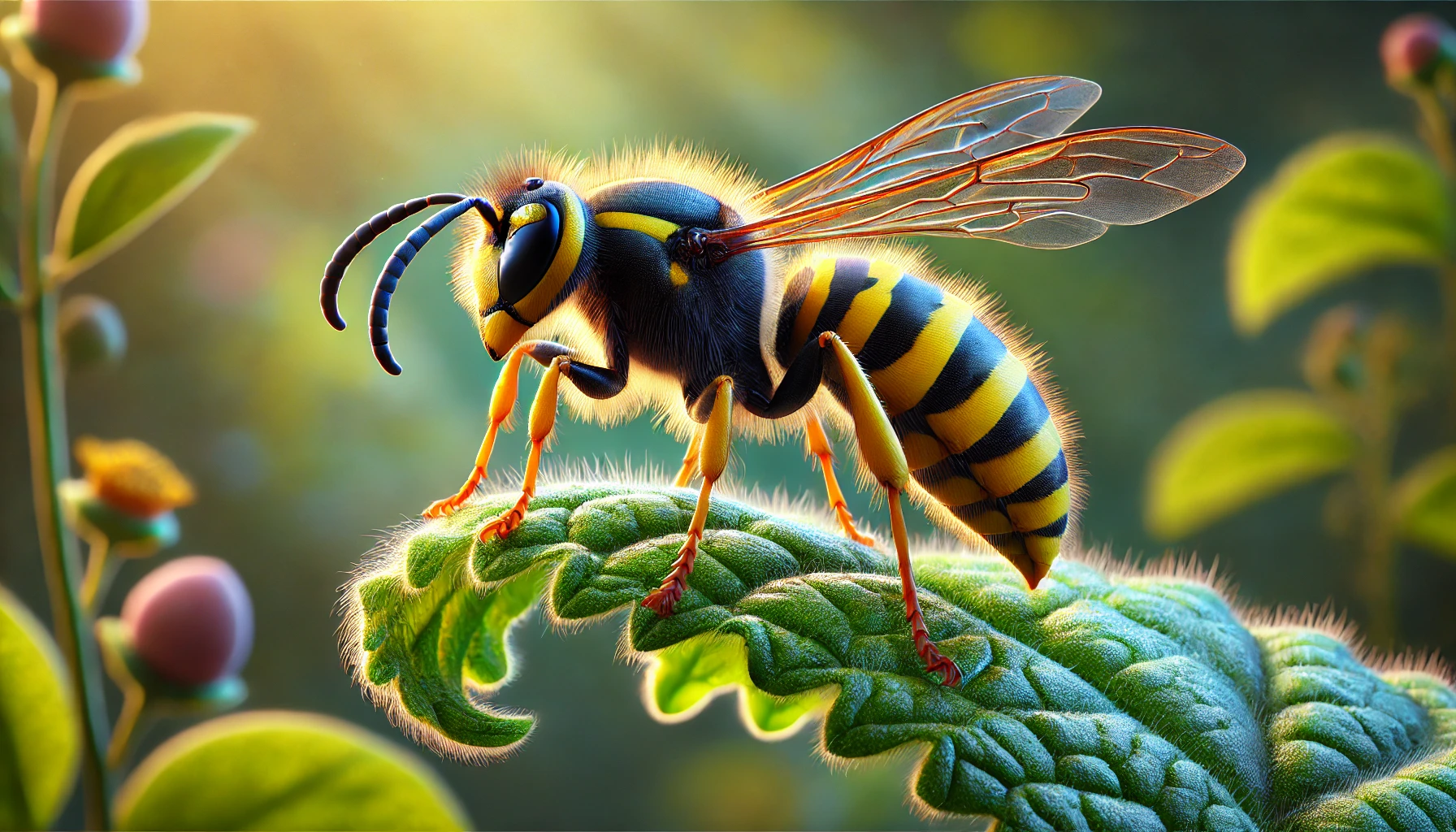 Encountering a yellow jacket buzzing around your backyard barbecue or garden can quickly turn an enjoyable day outside into a stressful experience. Known for their aggressive nature, yellow jackets are common pests throughout the United States, especially in late summer and fall. But when it comes to their defense mechanisms, do yellow jackets sting, bite, or perhaps both?
Encountering a yellow jacket buzzing around your backyard barbecue or garden can quickly turn an enjoyable day outside into a stressful experience. Known for their aggressive nature, yellow jackets are common pests throughout the United States, especially in late summer and fall. But when it comes to their defense mechanisms, do yellow jackets sting, bite, or perhaps both?
Let’s explore how yellow jackets behave, clarify the difference between their stings and bites, understand their impact, and discover practical tips to keep you and your family safe.
Identifying Yellow Jackets: What You Should Know
At first glance, yellow jackets might look like bees, but they’re quite different. These social wasps have a vivid black-and-yellow striped pattern, glossy bodies, and slim waists. Their shiny, hairless appearance makes them easy to distinguish from the fuzzier bees. Unfortunately, their behavior also sets them apart—yellow jackets are notably more aggressive and territorial.Key Features to Recognize
-
Bright black-and-yellow stripes
-
Smooth, glossy bodies (unlike fuzzy bees)
-
Thin, narrow waists
-
Highly aggressive when protecting their nests
-
Can sting multiple times without dying, unlike bees
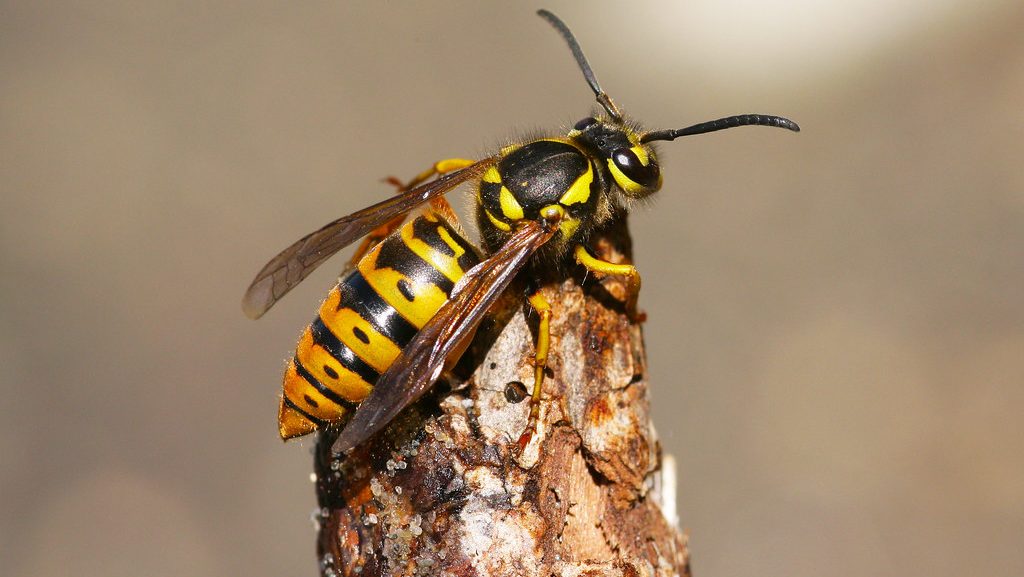

Not getting a solution?
Get your free pest control estimate today!Do Yellow Jackets Sting or Bite?
Yellow jackets are capable of both biting and stinging; however, their sting is what causes harm. They bite mainly to grip their prey or hold onto a target firmly, facilitating repeated stings. Unlike honeybees, which can sting only once before dying, yellow jackets have smooth stingers allowing multiple stings, significantly increasing their threat.Understanding Yellow Jacket Behavior
Yellow jackets are territorial and aggressive when they feel threatened, especially if you unknowingly disturb their nests. Common nest locations include underground burrows, hollow logs, wall cavities, and even attics. Nest defence behavior is the primary reason for yellow jacket aggression.Common Reasons for Aggression
-
Disturbing or approaching nests
-
Sudden movements and swatting
-
Food sources such as outdoor meals or uncovered garbage
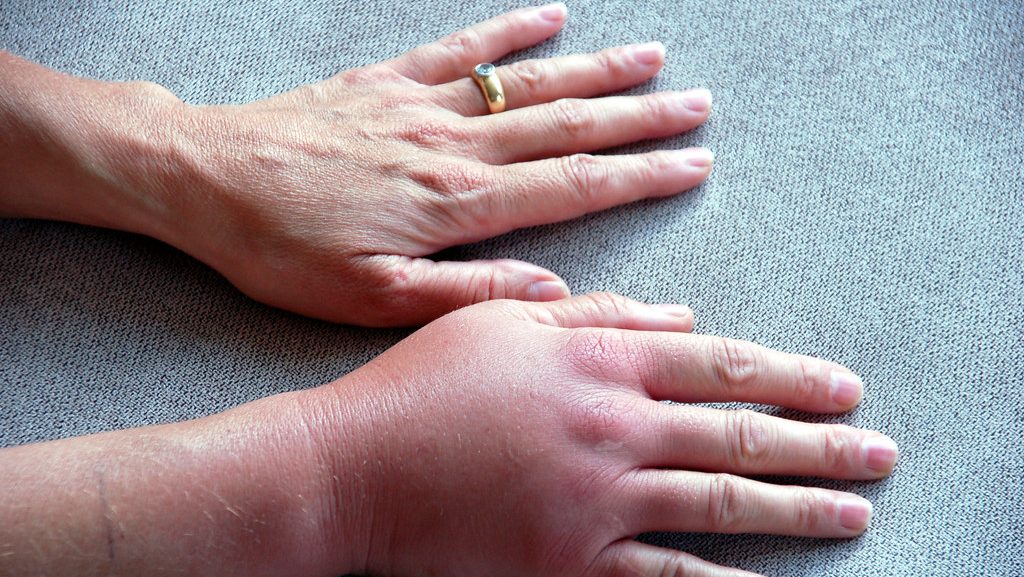
What Happens When a Yellow Jacket Stings You?
The sting of a yellow jacket introduces venom into your skin, causing an immediate sharp pain and burning sensation, followed by swelling, redness, and itching.Typical Symptoms of a Sting
-
Immediate sharp, burning pain
-
Redness and swelling around the sting area
-
Itching lasting several hours to days
Severe Allergic Reactions
-
Difficulty breathing
-
Hives or swelling beyond the sting site
-
Dizziness or fainting
-
Rapid heartbeat
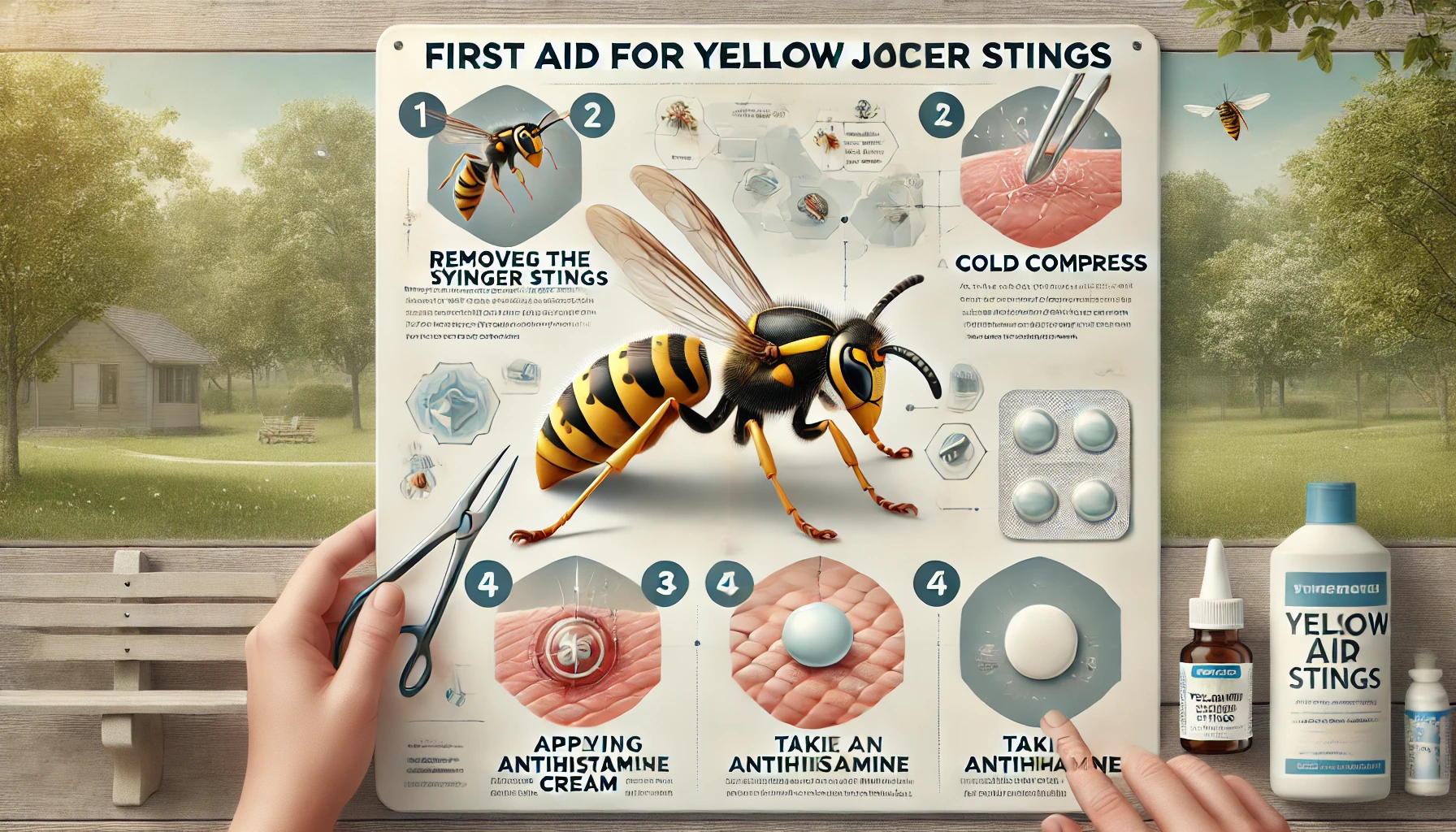
First Aid for Yellow Jacket Stings
Quick and appropriate first aid can alleviate discomfort and minimize complications from a sting.Immediate First Aid Steps
-
Move Away Quickly and Calmly: Avoid additional stings by retreating from the area.
-
Clean the Sting Area: Use soap and water to gently clean the affected skin.
-
Apply a Cold Pack: Reduces swelling and relieves pain.
-
Use Topical Creams: Over-the-counter hydrocortisone cream or calamine lotion can reduce itching and swelling.
-
Take Oral Antihistamines: Benadryl or similar medications can minimize itching and swelling.
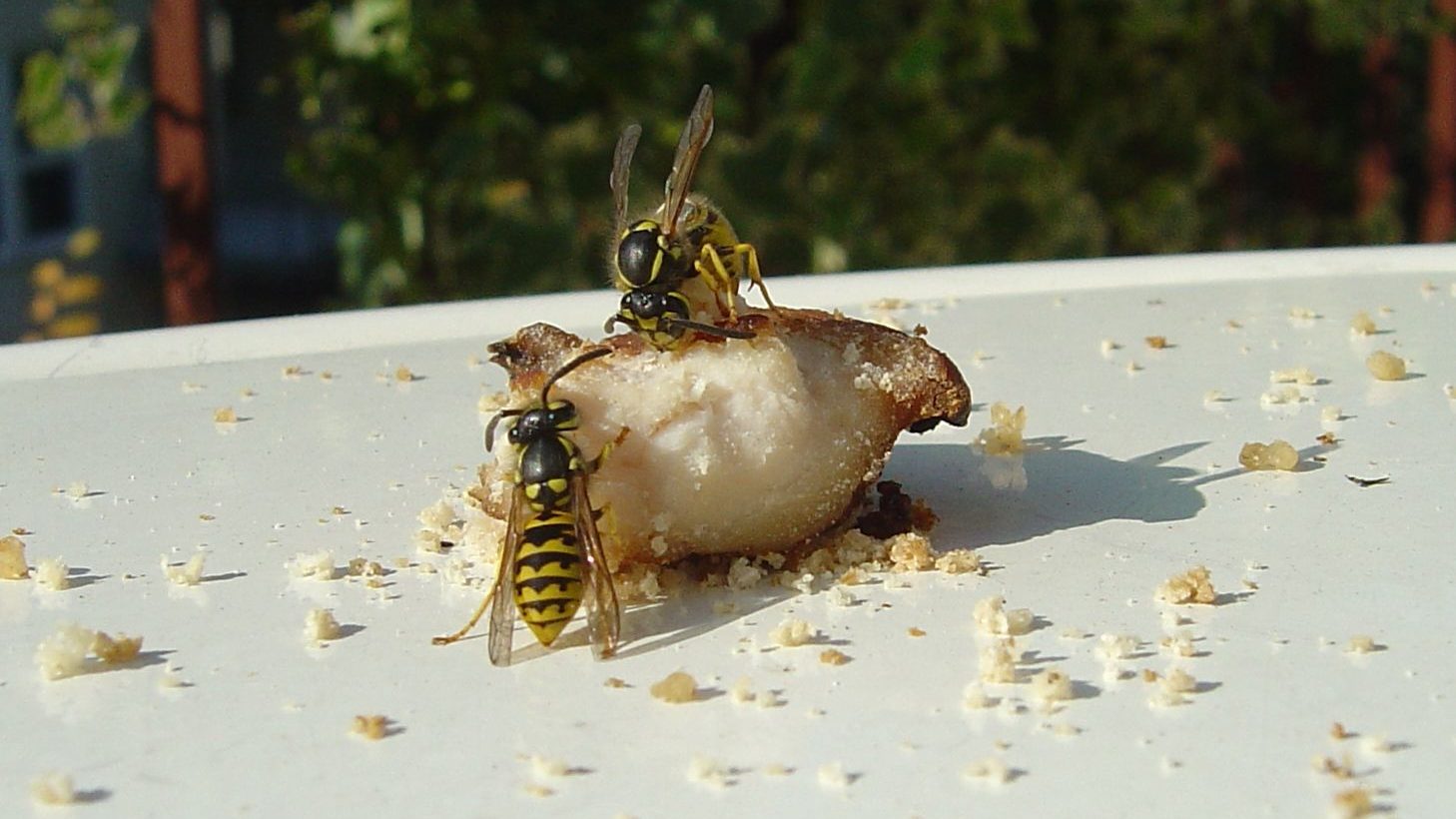
Preventing Yellow Jacket Stings Around Your Home
Effective prevention strategies reduce encounters with yellow jackets, especially during late summer and early fall, when colonies are largest and most aggressive.Practical Prevention Tips
-
Manage Food and Waste: Always cover food and drinks outdoors, tightly secure garbage cans, and regularly clean up food debris.
-
Seal Entry Points: Regularly inspect your home for gaps and openings where yellow jackets could establish nests.
-
Routine Inspections: Check your yard and home exteriors periodically for signs of nests, especially in hidden or sheltered locations.
-
Wear Protective Clothing: When doing yard work or gardening, wear long sleeves, pants, and gloves to minimize skin exposure.
-
Consider Professional Removal: If you discover a nest near high-traffic areas, hire professionals to remove it safely.
Managing Yellow Jacket Nests
If you discover a nest, approach cautiously. Yellow jackets have a habit in a fierce manner to protect their homes, and improper handling can result in multiple stings.Best Practices for Nest Management
-
Identify Nest Locations: Look for active flight paths around holes in the ground, walls, or trees.
-
Avoid Disturbing Nests: Keep your children and pets away, and clearly mark areas to prevent accidental disturbances.
-
Professional Assistance: For safe removal, especially in challenging locations, professional pest control services are highly recommended.
If you feel things have gone out of control, it is advised to contact pest control professionals. Our team can provide a customized approach to protect your home effectively. Visit our Species, Control, and DIY Guide sections for additional resources on yellow jacket and ways to tackle a yellowjacket infestation.





